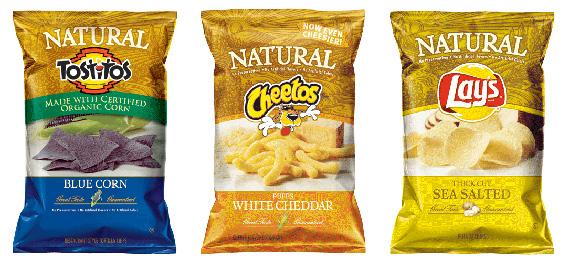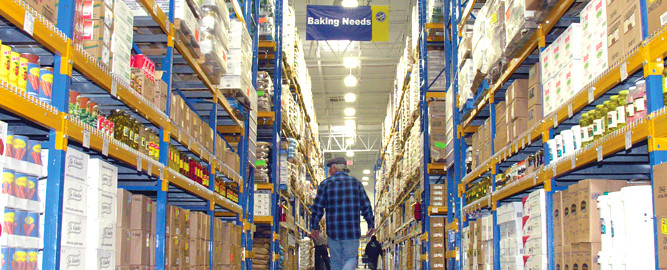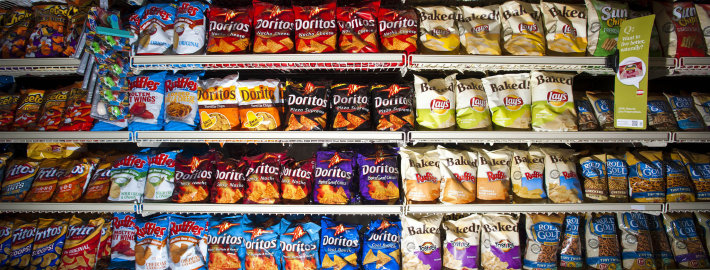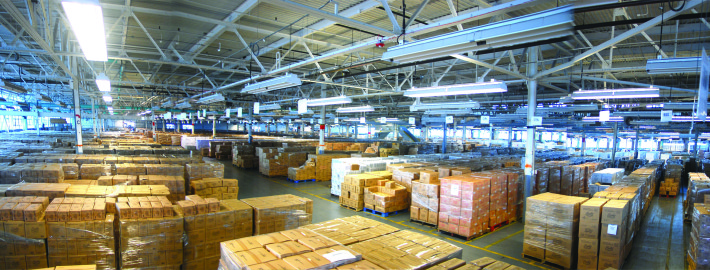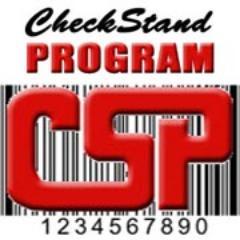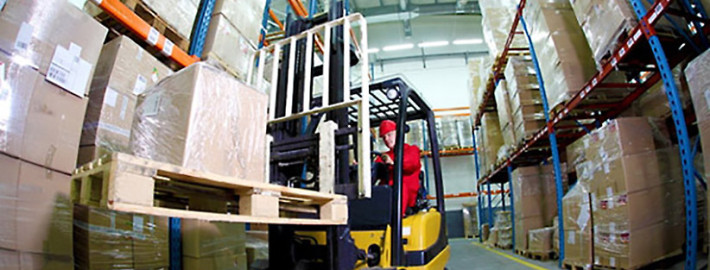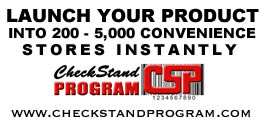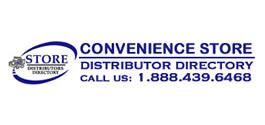The Importance of Communication With Your Vendor Partners
The Importance of Communication With Your Vendor Partners
In today’s competitive world we have to work hard at every stage of setting up a business, be it looking for a location to set up a factory, finding workers and suppliers or identification of right retailers to sell our products. In a world of dwindling resources one has to work with vendors and suppliers as business partners to move forward as a successful group. Often vendors are looked at with suspicion or at best an occupational hazard that has to be dealt with as a part of business operations. Open communication with vendors will bring more value into the relationship as each one respects the importance in each other’s business and understands the strength of moving forward together. Building strong relationship with your vendor will ensure that he gives you the best possible quality at a competitive price and in the time schedules you want them to deliver.
Your success with vendors will help you meet product deadlines even during uncertain economic times when suppliers have to work really hard to retain business. It is vital to your business that the vendor understands your business goals and expectations so they will maintain the required quality in your deliveries. Retailers need to cultivate strong relationship with vendors to provide customers with top quality products which give them an edge over other retailers in the area. When retailers treat their vendors as partners in profit, everyone wins. In a business to business environment, all companies have to rely on each other for success. Instead of treating vendors as inferior or lesser beings, retailers should start treating them as partners.
How communication develops vendor relationships
Builds trust and respect – During the start of a vendor relationship both parties should clearly lay down goals and expectations with regard to deliveries, payments and quality and also methods for settling disputes and correcting errors. This kind of clarity and transparency in dealings will ensure that the relationship moves ahead on mutual trust and open communication. As a convenience store distributor you may be dealing with several vendors whose goals will be different and will also bring their valuable expertise to your business. Communicate your vision to them as a group and seek their support to help manage and grow your business.
Take time to build a relationship – Resist yourself from going overboard in trying to cement vendor relationships and get to know them over a period of time. Give them opportunities to prove themselves through both easy and rough times and show your appreciation for extra effort. Remember no amount of relationship building and informal behavior can be a substitute for good work. Gradually build the relationship and show them how much you value their assistance in every step of your personal growth as a convenience store distributor.
Benchmark your relationship against other distributors – Do a detailed study of vendor relationships of other wholesale convenience store distributors in the area to make cost and quantity comparisons. Check if all vendors are adding value to your business in the same manner as they do with your competitors and if they provide any value addition to existing services. Sometimes unique requirements also increase the cost at which vendors can supply the goods which are related to storage or delivery. Communicate with your vendor about your relationship with other vendors in the business and compare their value addition to show where he can make improvements or give a new definition to the relationship.
Encourage participation to gain expertise – Discuss deeper relationships with your long term vendors as trust is now established encouraging them to participate in increasing your operations beyond existing geographical area. They can invest with you and other c store distributors to increase momentum of business and profits. Vendors work with a list of distributors in different localities and can share their knowledge and experience to create a win-win situation for themselves and the convenience store distributors. Work within well-defined goals and a strong tracking process to ensure integrity of inventory being delivered and avoiding returns or charge backs.
Though maintaining communication with vendors is an important part of business one needs to be careful about communication overkill. Simple steps will help you maintain good relationship with your vendors so your can concentrate on more important aspects of business.
Experienced Manager to maintain relationship – Have managers in each product category to keep track of vendor relationship by maintaining regular communication with them. This individual can keep constant checks on inventory quality, delivery schedules and make occasional price comparisons to see that he is getting the best offer.
Written contracts – Once the terms of vendor relationship have been accepted verbally, get a draft agreement made by a lawyer. Only when the vendor accepts responsibilities about delivery volumes, payment terms and quality should the deal be signed by both parties. Once all terms and conditions are on a legal footing it will put an end to misunderstandings or miscommunication from either sides.
Maintain progress reports and planned work – Do not delay payments or make last minute changes in your delivery schedules as it affects the vendor’s profit margins and he may lose interest in the relationship. If you have progress reports of all delivery schedules it will help your business grow as then you can make commitments to retailers. Do not assume early into your relationship with the vendor that they will understand your business’s unique needs. Check with vendor if he needs training to get more insight into your requirements and business model so that all are on the same page.
Reward special efforts – Every business relationship needs to be nurtured with appreciation and reward and the vendor –wholesale distributor is no different. When you have vendor conference to convey your business ideas and share rewarding experience with each one of them do not forget to show your appreciation for the one who has made special efforts to help you in the business.
Prudent wholesale distributors have a strategic vision and can inspire vendors to be a part of their business plan and take them ahead of competition. Work with your vendors as business partners to expand your business in a steady and phased manner across multiple large stores.


